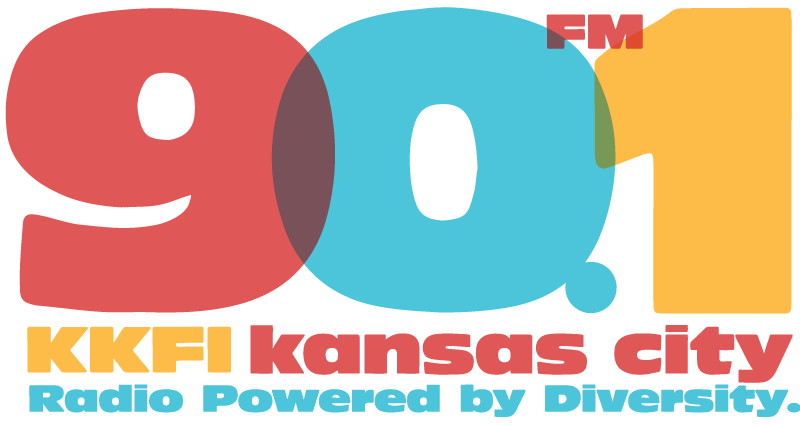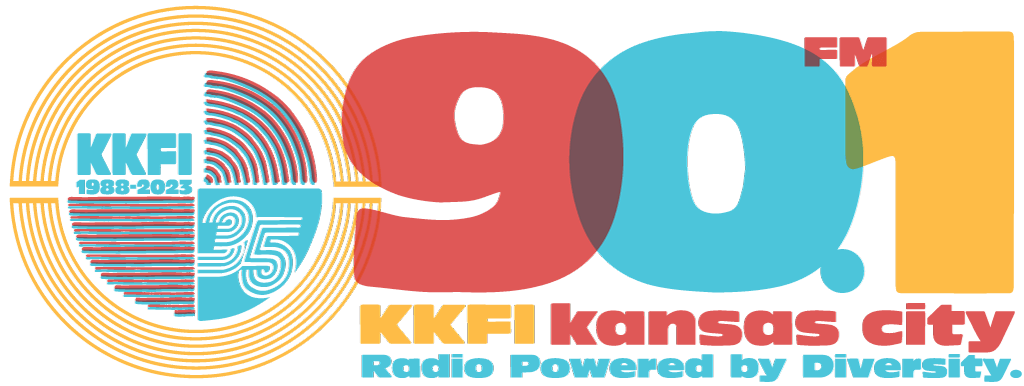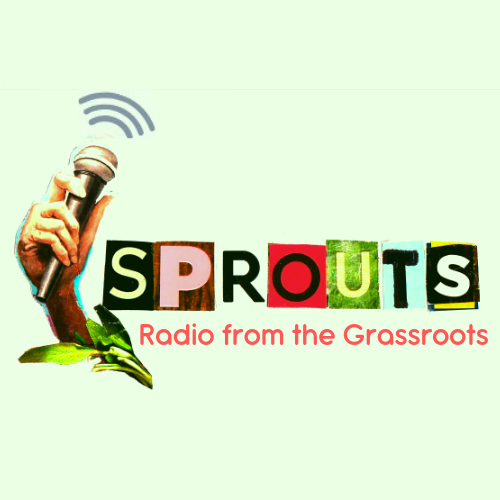It has been argued about and written about. Films, some controversial, have been made about it. But it has also been celebrated and commemorated for nearly half a century — 48 years, to be exact. Of course, we’re talking about the Stonewall uprising, a series of riots at and near the Stonewall Inn, a gay bar in the West Village in New York City.
The uprising at the Stonewall Inn began after a police raid, then a common occurrence at gay bars in the city, on the night of June 27, 1969, and continuing for several nights afterward. Judy Garland had just died at the age of 47, the first term of the Nixon/Agnew administration was barely five months old, and NASA was readying Apollo 11, the space mission that would land humans on the moon for the first time less than a month later. Homosexuality was still considered a mental disorder, and the Left, despite its advocacy of a newly equal society for all minorities, was, as we look back on it now, surprisingly hostile to homosexuals. An assimilationist approach dominated the gay activism that had been building for nearly 20 years, starting with the early “homophile” groups — the Mattachine Society for gay men and the Daughters of Bilitis for gay women. As the U.S. became increasingly polarized over the Vietnam War, gay activism became less assimilationist and more militant.
On that hot summer night, gay men, lesbians, and street transvestites (as they were called at the time) fought back against the police during and after the raid. Depending on whom you ask, these riots might be said to have heralded, catalyzed, or even caused a dramatic turn in gay activism.
In this two part interview, we talk with Dr. Karla Jay, a longtime activist and author. She was involved in the second wave of feminism and was the first female chair of the Gay Liberation Front, an early post-Stonewall activist group. She is also a retired Distinguished Professor of Queer Studies and Women’s Studies at Pace University in New York City.
Karla talks about what it was like for gay people in the U.S. before Stonewall, a time when most people kept quiet about their sexual orientation and couldn’t even legally dance together. As the author and activist Michelangelo Signorile characterized it in his three-part interview on OutCasting (available for rebroadcast on request), the gay bar has historically been to gay people what the black church was to African-Americans: a sanctuary for people who could be in danger if they congregated in public. An arrest at a gay bar — merely for being there — could ruin your life. In this in-depth interview, Karla talks about the riots themselves and how they marked a turning point, setting the stage for gay activism on a larger scale and of a more militant type than before.
This interview is part of an OutCasting series connecting LGBTQ youth to their history. As we’ve noted before, LGBTQ history is generally not taught in school and is rarely passed down from generation to generation within families, so unlike those of other minority groups, our history is hidden, and LGBTQ young people — and many listeners today — never get to learn about the longstanding challenges the LGBTQ community has faced and met in our fight for acceptance and equality under the law. Our youth rarely come to know that they stand on the shoulders of activists who fought battles over many decades to create the kind of climate for LGBTQ people we have today. Though that climate is better in many ways than it was in the past, our movement still has far more to accomplish, especially as the Age of Trump threatens many of the advances we’ve achieved.
Credits:
OutCasting youth participants Ian, Becca, Ari, Jamie, Callie, Adam, Andrea, Brianna, Emma, Shirin, Jessica, Sarah, Alex, Lauren, Dante, Josh, and Dhruv. Assistant producer Alex Mintz; Executive Producer Marc Sophos.



